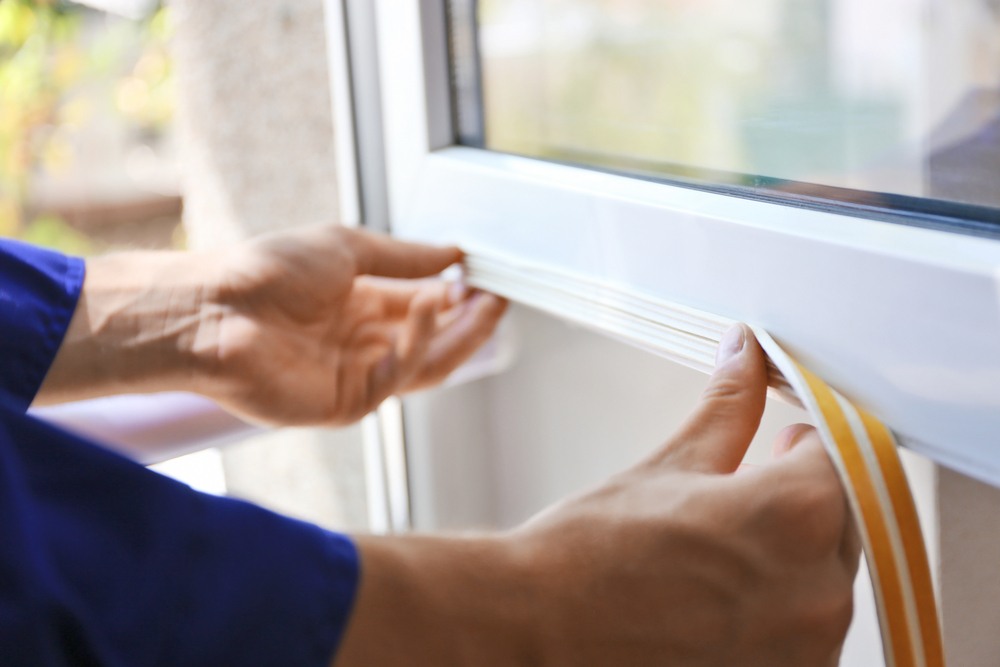 Anyplace an opening has been cut into a wall can become a source of drafts if it hasn’t been insulated correctly. Doors and windows can be a particularly big source of energy loss, especially if you have older windows and doors that aren’t very energy efficient. But even if you do have newer doors and vinyl replacement windows, adding weatherstripping is a great way to make sure your home stays as comfortable as possible all year long. According to Energy.gov, sealing air leaks can help reduce energy bills by as much as 20%.
Anyplace an opening has been cut into a wall can become a source of drafts if it hasn’t been insulated correctly. Doors and windows can be a particularly big source of energy loss, especially if you have older windows and doors that aren’t very energy efficient. But even if you do have newer doors and vinyl replacement windows, adding weatherstripping is a great way to make sure your home stays as comfortable as possible all year long. According to Energy.gov, sealing air leaks can help reduce energy bills by as much as 20%.
If you already have weatherstripping on your doors and windows, you may need to replace it occasionally as it becomes worn over time. But whether you’re replacing your weatherstripping or installing it for the first time, there are many different types of weatherstripping out there and each of them has its pros and cons.
Adhesive Tapes
Adhesive tape weatherstripping is one of the most popular types of weatherstripping on the market. Best for use along the bottoms of doors, door and window jambs, and window sashes, this kind of weatherstripping is made of foam or rubber and has a strip of self adhesive strip on the back. You can easily find this kind of weatherstripping at any hardware store, it’s inexpensive, and it’s extremely easy to install. The biggest downside is that it tends to wear out fairly quickly and tends to need to be replaced every one to two years.
Felt
Like adhesive tape styles, felt weatherstripping is very inexpensive and easy to install. However, it requires a little more effort to install than adhesive type styles, often needing to be nailed, stapled, or glued into place. Felt weatherstripping is also the least effective type of weatherstripping available and tends to wear out quickly and get damaged pretty easily.
Tubular Rubber or Vinyl
If you have a door or window with a larger gap along an edge that other types of weatherstripping don’t seem to completely fill, tubular rubber and vinyl weatherstripping gaskets may be just what you need. Tubular rubber and vinyl weatherstripping is typically more expensive than felt or adhesive tape styles, but on the plus side, it’s also more durable and very efficient. You can generally get a few years of use out of this kind of weatherstripping, but over time, it can become brittle or crack.
V-Strips/Tension Seals
This type of weatherstripping is made out of plastic or metal shaped in a “V” formation to help bridge gaps. It works great when placed inside the tracks of double-hung and sliding windows, but also works along the tops and sides of doors. While not quite as easy to install as some of the other types of weatherstripping available, it’s still not too difficult to install. It’s also more expensive than many other types of weatherstripping (the exact price varies depending on whether you use plastic or metal), but it is very effective and durable.
